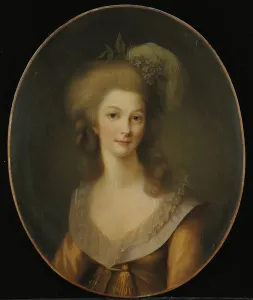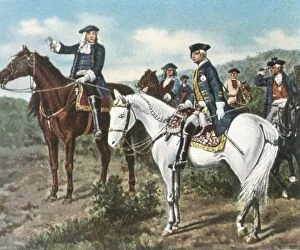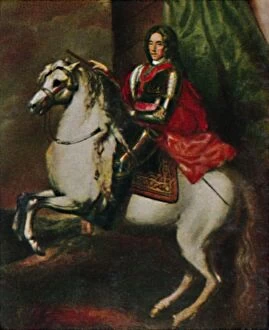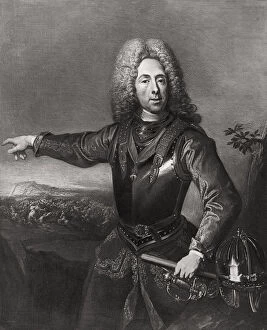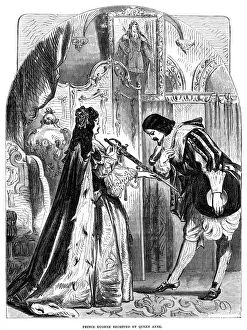Savoie Carignan Collection
"Savoie Carignan: A Royal Legacy Unveiled" Step into the captivating world of Savoie Carignan, a name that resonates with aristocracy and grandeur
All Professionally Made to Order for Quick Shipping
"Savoie Carignan: A Royal Legacy Unveiled" Step into the captivating world of Savoie Carignan, a name that resonates with aristocracy and grandeur. From the exquisite portrait of Marie-Therese-Louise de Savoie-Carignan, princesse de Lamballe to Prince Eugene's victorious moments captured in timeless artworks, this collection transports us to an era where power and elegance intertwined. Intrigue surrounds Prince Eugene, a remarkable figure whose military prowess shaped history. Whether it be his triumph over the Turks at Belgrade or his alliance with Crown Prince Frederick, these depictions showcase his strategic brilliance and unwavering determination. The enigmatic Eugen Prinz Von Savoyen invites us to delve deeper into his mysterious persona. With an unknown creator capturing his essence in 1933, we are left wondering about the untold stories behind this influential prince. Belvedere Palace stands as a testament to Prince Eugene's enduring legacy. Nestled in Vienna, Austria, this architectural marvel serves as a reminder of his indelible mark on European history. Prince Eugene's French-born Austrian roots add another layer of complexity to his narrative. His role as a soldier during the Battle of Blenheim is immortalized by Madeley's artistic interpretation—a vivid depiction that brings forth the chaos and valor experienced on that fateful day. Yet amidst all these triumphs lies tragedy—the heart-wrenching murder of Princess de Lamballe depicted by T Wallis in 1816. This chilling artwork reminds us that even those surrounded by opulence are not immune to darkness. Queen Anne herself received Prince Eugene with open arms—an encounter between two formidable figures etched forever in history books. Their meeting symbolizes diplomacy and alliances forged through mutual respect and shared interests.

